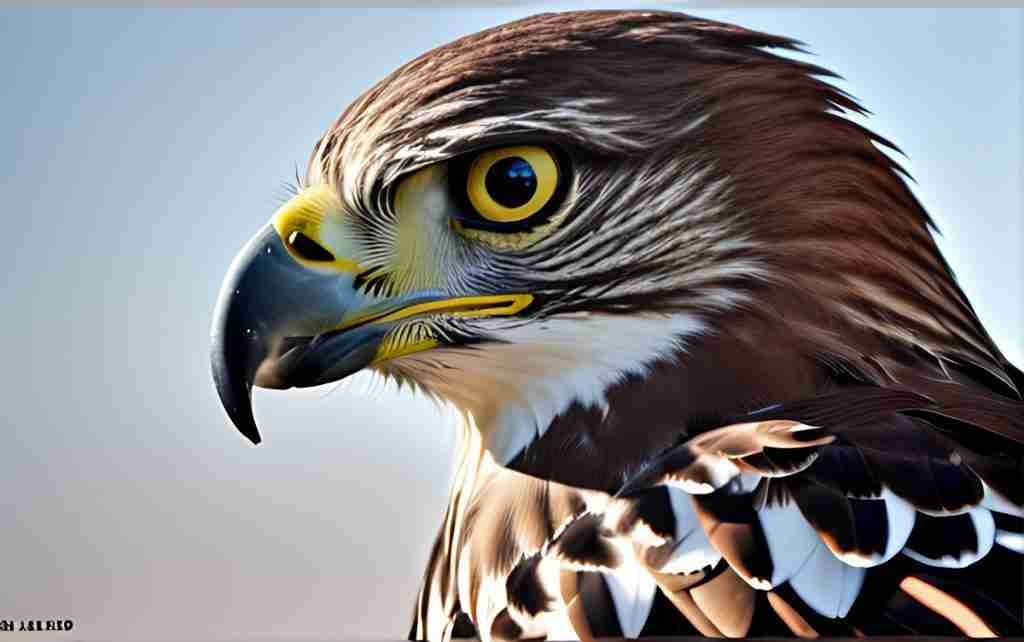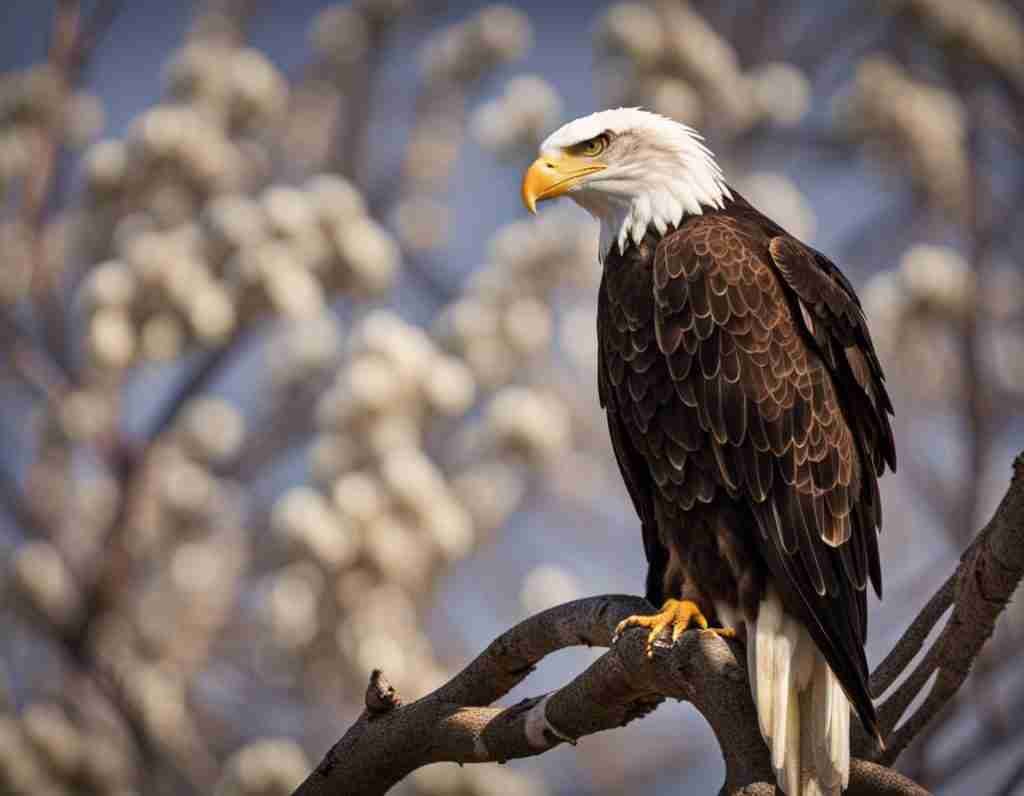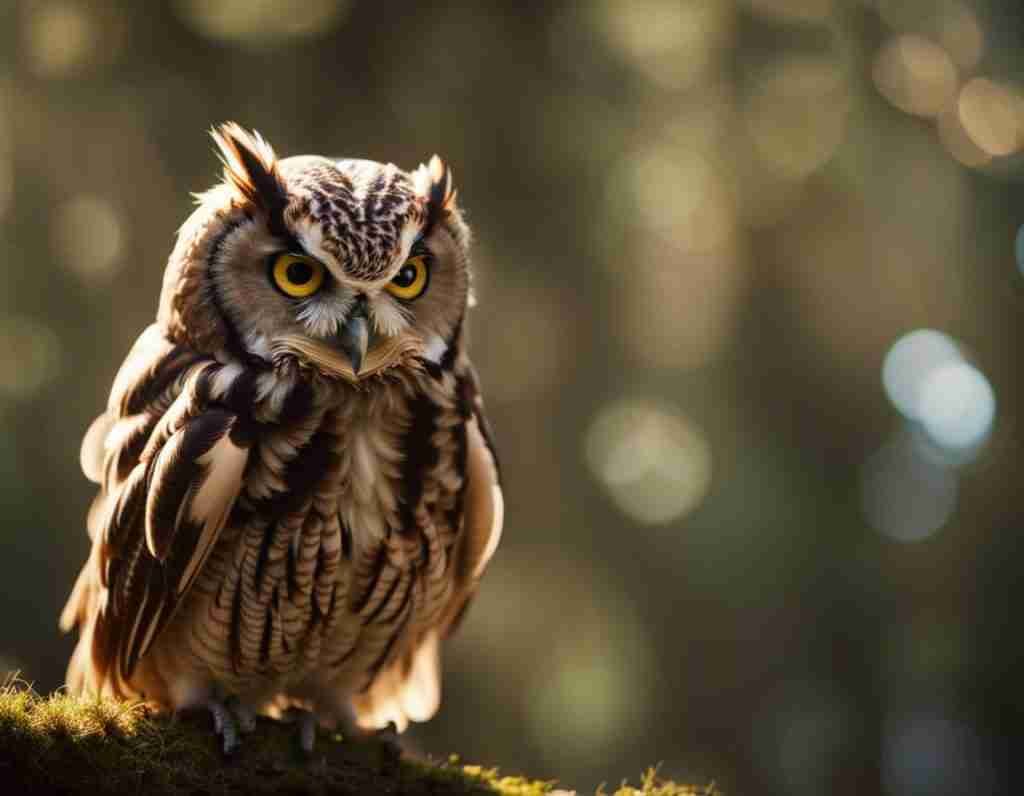Venturing into the expansive wetlands, forests, and coastlines of Florida, it’s apparent that diversity thrives in its avian residents. Among the most intriguing of these residents are hawks – raptors that command the skies with incredible prowess. As we turn a lens to their lives, their mysterious soaring presence unfolds to reveal astonishing details. Our journey unfolds in “Understanding the Life of Hawks in Florida”, where we invite you to join us as we unravel the complexities that these magnificent creatures embody in their natural habitat.
Overview of Hawks in Florida
We’ve always been deeply fascinated by the grace and power of hawks. And Florida, with its varied landscape and ecosystems, provides a natural habitat for various species of hawks. Depending on the area – coastal, swampy, or suburban – you can find a diverse mix of hawks going about their daily life.
Types of hawks found in Florida
Florida is home to several species of hawks. Some of the common ones include the Red-tailed hawk, the Red-shouldered hawk, the Sharp-shinned hawk, and the Broad-winged hawk. Each of these species exhibits its own unique features and behaviors, which truly makes observing them an interesting pursuit.
Characteristics of hawks
Hawks are birds of prey, known for their keen eyesight, powerful talons, and sturdy beaks. These are essential traits that equip them for a life spent hunting and soaring through the skies. Size-wise, hawks vary significantly, with some smaller species measuring around 1 foot long, while larger ones can grow up to 2 feet in length.
Geographical distribution of hawks in Florida
Observing the geographical distribution of hawks in Florida, we find that it varies according to the species. Some such as the Red-tailed hawk are ubiquitous, found all across the state. Others, like the Sharp-shinned hawk, are seasonal visitors that migrate to Florida during the winter months.
Life Cycle of Hawks
Taking a close look at the life cycle of hawks, we find that it’s a multi-staged journey filled with fascinating observations.
Stages in a Hawk’s Life Cycle
Hawks go through several stages in their life cycle – egg, nestling, fledgling, juvenile, and adult. Each stage sees them gain more strength, dexterity, and independence, bringing them closer to their dominant role as predators.
Mating Habits of Hawks
Hawks usually mate for life, choosing the same partner year after year. During courting, they may perform a series of aerial acrobatics or engage in mutual preening. After mating, the female hawk lays one to five eggs, typically in a nest built by both partners.
Nest Building and Egg Incubation
A great deal of effort goes into building nests, which are commonly located on tall trees. The eggs, usually two or three in number, are incubated for about 30 days, mainly by the female. Both parents defend the nest ferociously against any potential threats.
Growth and Development of Hatchlings
Hatchlings are initially fed by their parents and are totally reliant on them for survival. As they grow, they gradually learn to feed themselves and eventually leave the nest, ready to start their own life cycles.
Hunting and Feeding Habits
Hawks embody the term ‘bird of prey,’ with their hunting and feeding habits centered on a diverse array of animals.
Prey Preferences
Hawks are carnivores and prefer small mammals like mice, squirrels, and rabbits. Depending on the species and size of the hawk, they may also feed on insects, snakes, and other birds.
Hunting Techniques
Hawks utilize several hunting techniques, often soaring high in the sky or perching in a high spot to spot prey. Once they have their target, they dive down with incredible speed and accuracy, seizing their prey with their strong talons.
Feeding and Digestion Process of Hawks
Hawks often eat their prey where they catch it or take it to a secure location. They consume their prey whole or in large chunks, extracting as much nutrition as possible, and later regurgitate indigestible parts like bones and fur.
Habitats and Nests of Hawks
The habitats and nests of hawks are as diverse as the species themselves, ranging from woodlands and forests to wetlands and urban areas.
Types of Habitats Preferred
In Florida, hawks show a preference for woodlands, open fields, marshlands, and some even dwell in urban surroundings. The habitat choice often depends on prey availability and nesting sites.
Construction and Location of Nests
Hawk nests are primarily made of sticks and lined with softer materials like leaves, moss, or bark. The nests are usually built high on trees, but some species may also nest on cliffs or even tall buildings.
Use and Reuse of Nests
Hawks often reuse their nests, sometimes for several years in a row, often fortifying it each breeding season with more materials. Some nests become quite large and formidable over time.
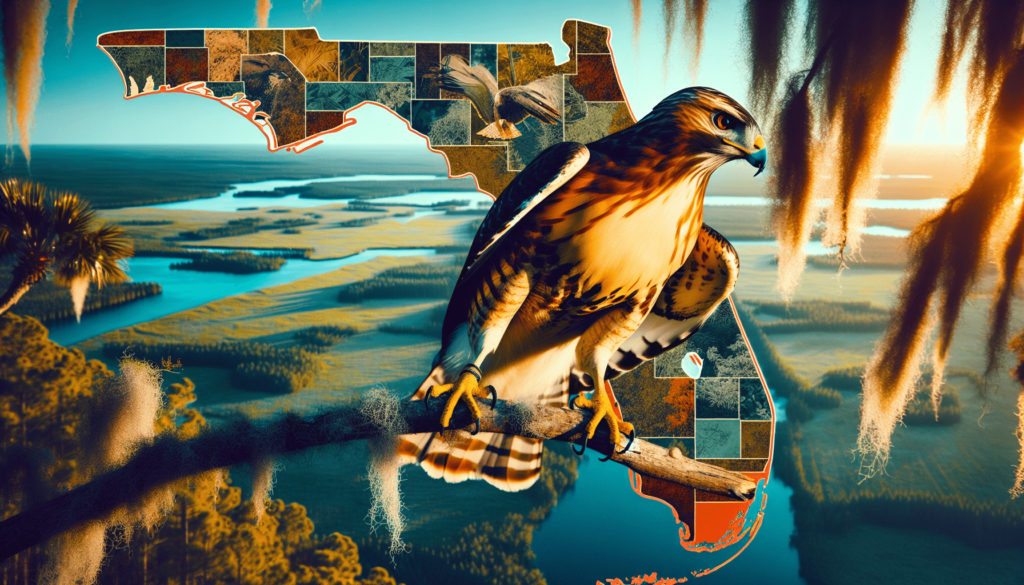
Behavior and Social Structure
Hawks demonstrate a wide range of behaviors and form a unique social structure that helps them survive and flourish.
Communication and Social Interactions
Hawks communicate using a variety of calls and body language. While they are generally solitary, they do interact during the breeding season or while hunting and defending their territories.
Territorial Behaviors
Hawks are known to be fiercely territorial. They defend their territories from other hawks or potential threats, often engaging in dramatic aerial displays or direct conflicts.
Hierarchy and Social Structure Among Hawks
Among hawks, the larger and more aggressive individuals generally dominate the others. Yet, a strict hierarchy is not always observed, as interactions often depend on the situation and individual behaviors.
Threats and Predators
Despite their role as apex predators, hawks also face several threats and predators.
Natural Predators of Hawks
Natural predators of hawks include larger birds of prey, like eagles and owls, or terrestrial predators such as raccoons and snakes that prey on their eggs or young ones.
Human-related Threats
Human-related threats to hawks include habitat loss, illegal hunting, and collisions with vehicles or windows. Indirect threats include human-made hazards like poisoning from pesticides or pollution.
Impact of Environmental Changes on Hawks
Environmental changes like climate change and habitat fragmentation can significantly impact hawk populations, disrupting their hunting, breeding, and nesting behaviors.
Conservation Efforts for Hawks
Conservation efforts for hawks are crucial for maintaining their populations and ensuring their crucial role in the ecosystem.
Role of Wildlife Organizations
Wildlife organizations play a critical role in protecting hawks. Through monitoring, rescue, rehabilitation, and educational efforts, they strive to ensure the survival and well-being of these magnificent birds.
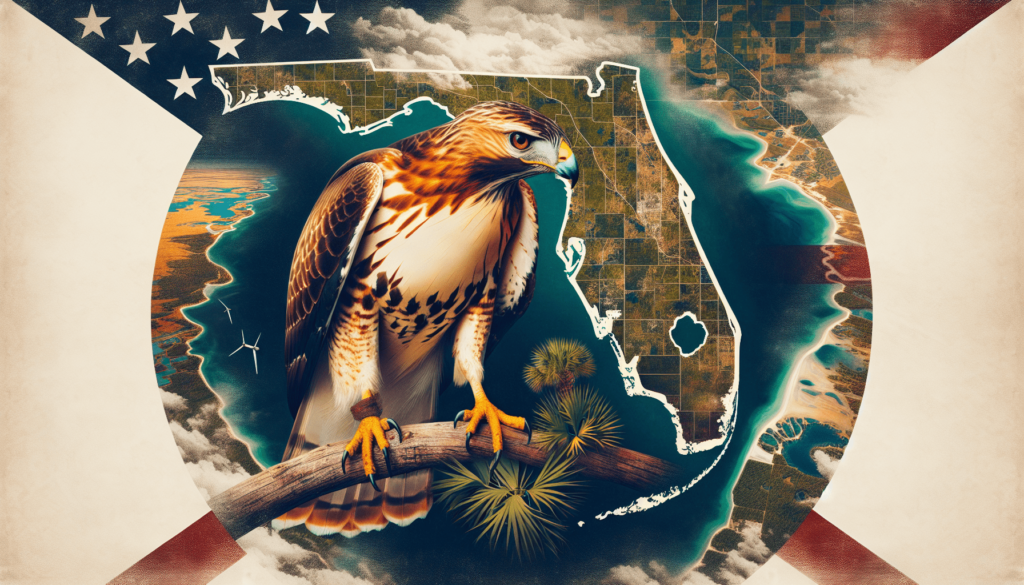
Government Legislation and Protection Efforts
Several government legislations protect hawks, making it illegal to kill or harm them or their nests. Agencies also work towards preserving their habitats and promoting conservation-oriented policies.
Future Conservation Plans for Hawks
Future conservation plans for hawks focus on furthering research, enhancing public awareness, and ensuring stricter enforcement of existing laws. They also aim to mitigate specific threats like habitat loss and climate change.
Impact of Hawks on Florida’s Ecosystem
Hawks have a significant impact on Florida’s ecosystem, contributing to balance and biodiversity.
Hawks as Apex Predators
As apex predators, hawks help maintain a healthy balance in the ecosystem by controlling the populations of their prey. They thus play an essential role in maintaining the biodiversity of their habitats.
Role of Hawks in Pest Control and Balance
Many of the small animals that hawks prey on, like rodents and insects, are considered pests. By keeping their numbers in check, hawks indirectly assist in pest control, benefiting both humans and the ecosystem.
Influence on Other Wildlife Populations
By preying on an array of species, hawks also impact other wildlife populations, influencing their distribution, behaviors, and evolutionary adaptations.
Interactions with Humans
Hawks have a long history of interactions with humans, ranging from fascination and respect to fear and conflict.
Human Perceptions and Cultural Significance
Throughout history, hawks have held an important place in human culture and symbolism, often representing strength, wisdom, or freedom. Yet, they are also sometimes seen as a nuisance or threat, especially in urban areas where they might prey on smaller pets.
Encounters and Cohabitation with Humans
In Florida, encounters with hawks are common, particularly in suburban localities. Instances of cohabitation where hawks nest on buildings or feed in human-populated areas are not unheard of.
Role of Hawks in Falconry and Sports
Hawks have been used in falconry for centuries, admired for their hunting prowess. They are also beloved by birdwatchers and feature in various bird-related sports and competitions.
Research and Studies on Hawks
Research and studies on hawks offer vital insights into their lives and contribute to their conservation.
Important Historical Studies
Historical studies have painted a comprehensive picture of hawks – their evolution, dispersion, species diversity, behaviors, and interactions with the environment. These studies have been instrumental in shaping our understanding and appreciation of these birds.
Current Research and Findings
Current research on hawks includes aspects like their ecology, genetics, conservation status, migration patterns, and effects of climate change and habitat loss. There’s a lot more we are yet to discover about these marvelous creatures.
Potential Areas for Future Research
Areas for future research include in-depth studies on hawk behavior, physiology, and adaptation mechanisms. More detailed surveys of hawk populations and their habitats, taking into account the ongoing environmental changes, can also offer valuable data for conservation efforts.
In a nutshell, hawks in Florida lead complex and intriguing lives. By understanding them better, we can indeed contribute to their protection and preservation, ultimately benefitting our wonderful planet.
